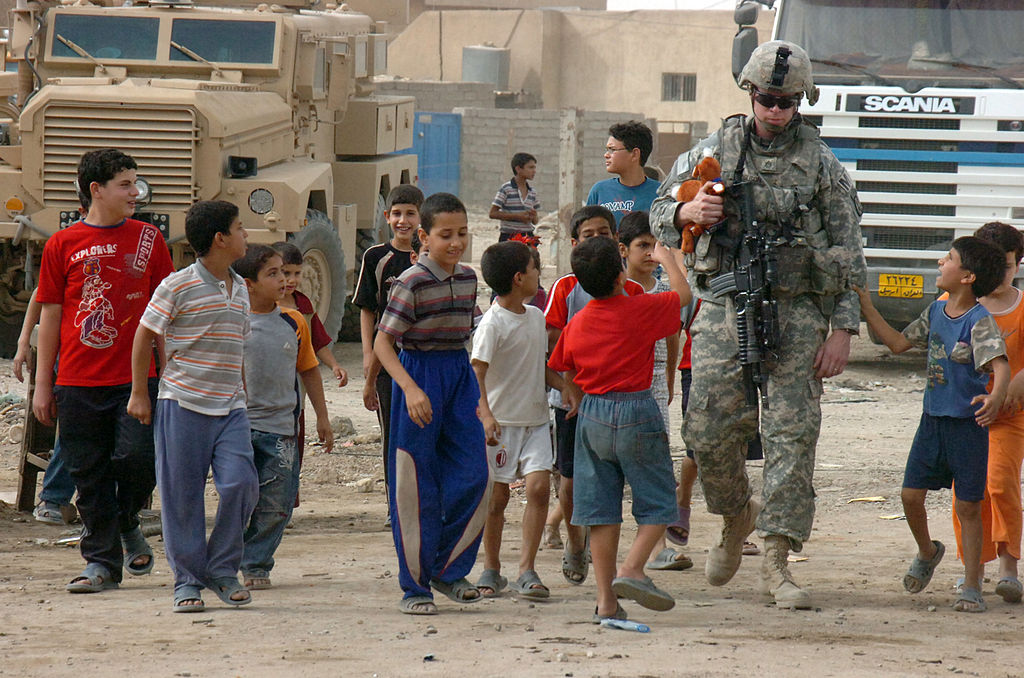Iraqi government under Hussein falsified child mortality reports
Previously collected data concerning child mortality in Iraq were influenced by Saddam Hussein’s government between 1991 and 2003, with data exceeding the true number of deaths, according to report in BMJ Global Health.
“It is sometimes said that we live in a world of ‘post-fact’ politics — a world in which the truth is always trying to keep up with disinformation,” Tim Dyson, PhD, and Valeria Cetorelli, PhD, from the London School of Economics, wrote. “[This] deception was manufactured by the then government of Iraq led by Saddam Hussein. Its purpose was to shake international opinion so that the UN economic sanctions would be lifted. Following its creation and dissemination, the deception received considerable attention and was widely believed to be true.”
The researchers note that more alarmingly, this misinformation continues to hold prominence.

In 1979, Hussein became president of Iraq and ordered attacks on Iran, catalyzing the 1980-1988 Iran/Iraq War. This war left the country in debt, leading Hussein to invade Kuwait in 1990. As a response to this invasion, the UN Security Council placed strict economic sanctions on Iraq through household food rationing. After these rations were in place and after further invasions, concern grew for the Iraqi people, especially those residing in central and southern locations.
In 1991, American researchers conducted a rapid assessment of children’s health and health services. The researchers described “suffering of tragic proportions.” A later study that analyzed survey data on births and deaths in Iraq found that the under-5 mortality rate in the 5 years before January 1, 1991, was approximately 43 deaths per 1,000 live births. The following months also demonstrated a drastic increase to 128 per 1,000 live births.
A letter written in 1995 also suggested that a huge rise was observed in 1991, from 33 deaths per 1,000 live births to 245 per 1,000 live births. However, after interviews were reexamined, many deaths could not be confirmed, and many of the deaths included were miscarriages or stillbirths.
An additional national survey conducted in 1999 by UNICEF in the north, and in cooperation with the Iraqi government in central and southern Iraq, revealed that the child mortality rate was more than double the rate that it was a decade before. These results were thought to be highly reliable and were cited many times.
A copy of a census report from 1997 in central and southern Iraq demonstrate “serious errors and limitations,” according to a report created by a Working Group of an Independent Inquiry Committee formed by the Secretary General of the U.N. Furthermore, data collected since 2003 from three major household surveys, where the results prompted dismissal of the previously collected survey results.
“In part, the deception gained credence in the international community because it fitted with the widespread view that the UN’s economic sanctions were wrong,” Doyle and Cetorelli wrote. “That said, there was no major rise in child mortality in Iraq after 1990 and during the period of the sanctions. Conversely, there was no major improvement in child mortality after the downfall of Saddam Hussein.” – by Katherine Bortz
Disclosure: The researchers provide no relevant financial disclosures.
